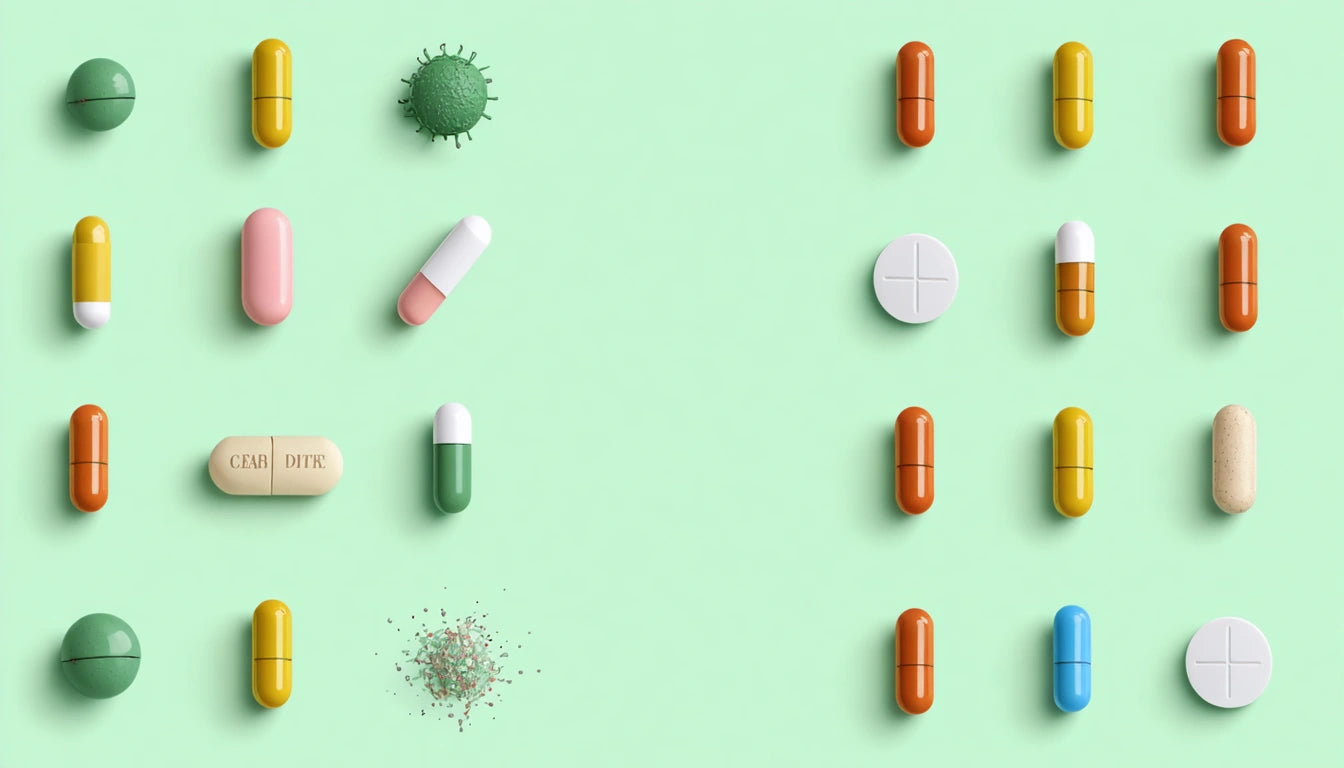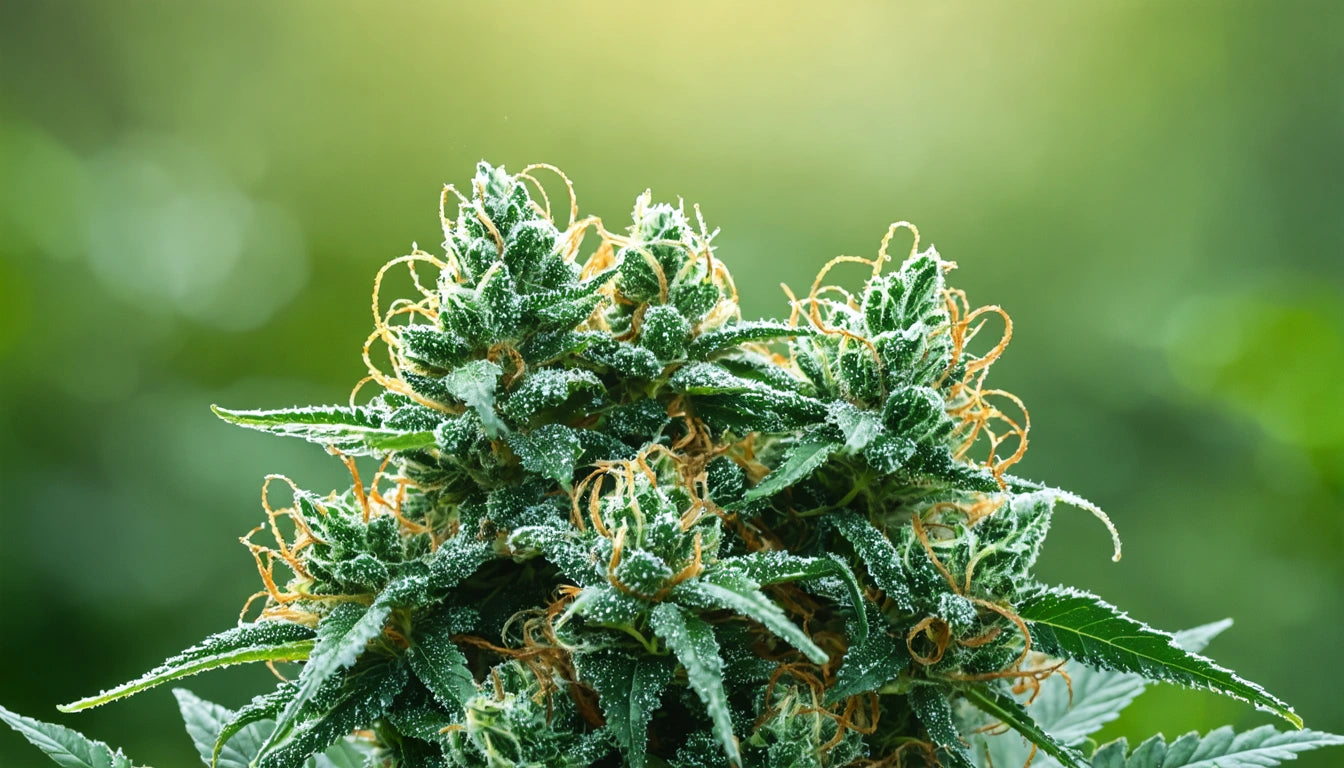Table of Contents
- Basics of Drug Screening: Understanding Panel Tests
- What is Tested on a 5 Panel Drug Screen
- What Does a 9 Panel Drug Screen Test For
- What Does a 10 Panel Drug Screen Test For
- What is Tested For on a 12 Panel Drug Screen
- Detection Windows and Testing Considerations
- Advancements in Drug Testing Technology and Future Directions
Understanding Drug Screen Panels: What 5, 9, 10, and 12 Panel Tests Detect
Drug screening panels are standardized tests designed to detect specific substances in a person's system. These tests vary in comprehensiveness, with the number in the panel name indicating how many drug categories are being screened. Understanding what each panel tests for is crucial for employers, individuals facing testing, and healthcare providers administering these screenings.
Basics of Drug Screening: Understanding Panel Tests
Drug panel tests are typically conducted using urine samples, though blood, hair, saliva, and sweat can also be used depending on the situation. Each panel number corresponds to a specific set of substances being tested, with higher numbers generally indicating a more comprehensive screening process.
These tests are commonly used in pre-employment screenings, random workplace testing, legal or forensic situations, and healthcare settings. The specific panel chosen often depends on the industry, regulatory requirements, and the organization's drug-free workplace policies.
What is Tested on a 5 Panel Drug Screen
The 5 panel drug screen is the most common test used by employers and the standard for federal testing programs. This baseline test screens for the following substances:
- Marijuana (THC)
- Cocaine
- Amphetamines (including methamphetamine)
- Opiates (such as heroin, codeine, morphine)
- Phencyclidine (PCP)
This panel focuses on the most commonly abused illegal substances and is often the minimum standard for workplace drug testing programs. Many organizations that provide secure packaging solutions for sensitive materials require employees to pass this basic screening as part of their safety protocols.
What Does a 9 Panel Drug Screen Test For
A 9 panel drug screen expands upon the 5 panel test by adding four additional drug categories. When examining what a nine panel drug screen tests for, you'll find it typically includes:
- All substances in the 5 panel test
- Benzodiazepines (such as Valium, Xanax)
- Barbiturates
- Methadone
- Propoxyphene (Darvon)
This more comprehensive panel is often used in healthcare settings, rehabilitation facilities, and industries where employees have access to prescription medications or operate heavy machinery.
What Does a 10 Panel Drug Screen Test For
The 10 panel drug screen further expands testing capabilities. When asking what drugs are tested in a 10 panel drug screen, the answer includes all substances from the 9 panel plus one additional category. These tests typically screen for:
- All substances in the 9 panel test
- Quaaludes (methaqualone) or Buprenorphine
Some variations of the 10 panel may include MDMA (Ecstasy) instead of one of the above substances. This panel is often used for law enforcement personnel, healthcare workers, and safety-sensitive positions.
What is Tested For on a 12 Panel Drug Screen
The 12 panel drug screen is one of the most comprehensive standard tests available. When investigating what is tested for on a 12 panel drug screen, you'll find it typically includes:
- All substances in the 10 panel test
- MDMA (Ecstasy/Molly)
- Oxycodone (Percocet, OxyContin)
This extensive panel is often used in pain management settings, addiction treatment programs, and for monitoring individuals with a history of prescription drug abuse. It's particularly effective at detecting both illicit substances and commonly abused prescription medications.
Detection Windows and Testing Considerations
Different substances remain detectable in the body for varying lengths of time, which is an important consideration when interpreting test results:
- Marijuana: 3-30 days (depending on frequency of use)
- Cocaine: 2-4 days
- Amphetamines: 2-4 days
- Opiates: 2-4 days
- Benzodiazepines: 2-7 days (up to 30 days for long-acting varieties)
- Barbiturates: 2-15 days (depending on the specific drug)
- MDMA: 2-4 days
These detection windows can vary based on several factors including metabolism, body mass, hydration levels, and frequency of use. Understanding these variables is crucial for proper test interpretation.
Advancements in Drug Testing Technology and Future Directions
Drug testing technology continues to evolve, with newer panels now able to detect synthetic opioids like fentanyl and designer drugs that traditional panels might miss. Additionally, testing methods are becoming more sophisticated, with some able to distinguish between prescribed medications and illicit use of the same substances.
As legalization of marijuana continues across states, many employers are also modifying their testing panels or policies regarding THC detection. Some are moving toward impairment testing rather than presence testing, focusing on whether an employee is currently under the influence rather than if they have used substances in the past.
Understanding the specific substances included in each panel test helps individuals and organizations make informed decisions about which test is appropriate for their particular situation. Whether you're an employer establishing a drug-free workplace program or an individual preparing for a screening, knowing what each panel tests for is the first step toward navigating the drug testing process effectively.











Leave a comment
All comments are moderated before being published.
This site is protected by hCaptcha and the hCaptcha Privacy Policy and Terms of Service apply.